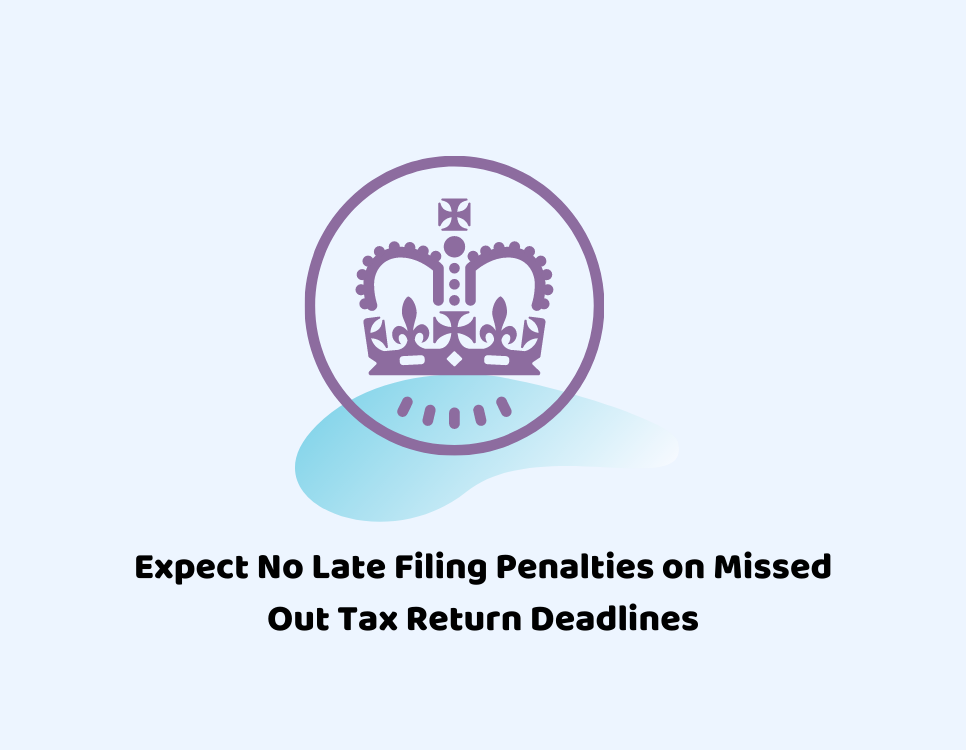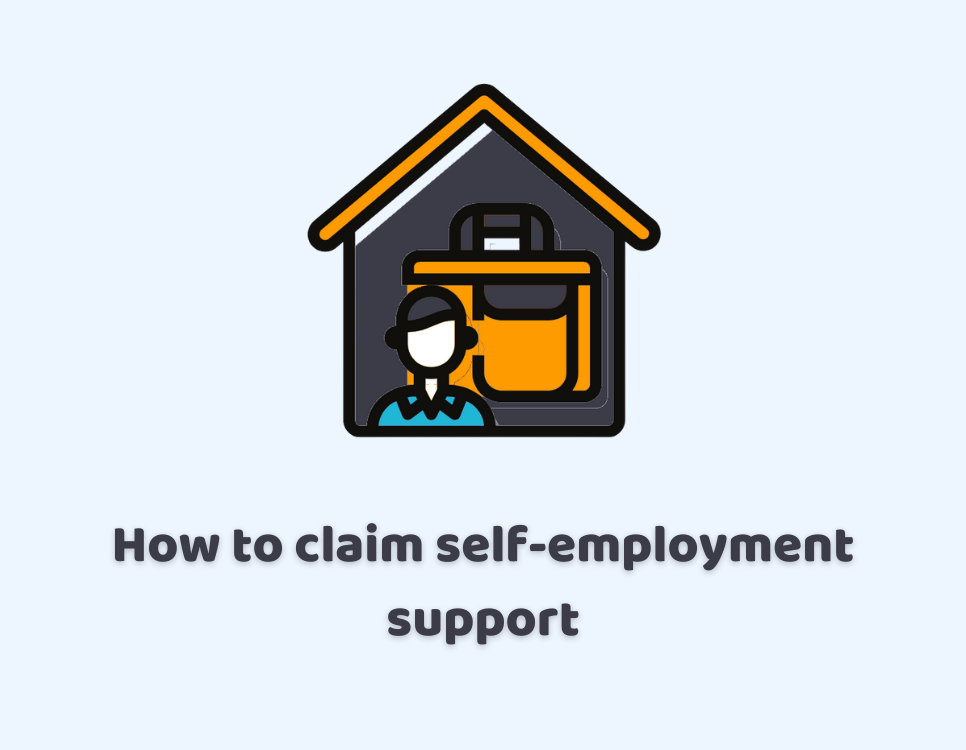03/06/2021Covid -19 , Payroll & PAYE
Coronavirus pandemic has adversely affected the business industry by reducing the resources of the business owners. Consequently, business owners are contemplating for employees’ furlough or lay off. Let’s kick off with the difference between Furlough vs Layoff. Furlough vs Layoff- Differences Due to a great downfall of the world’s economy whilst the Covid-19 …
Read more





